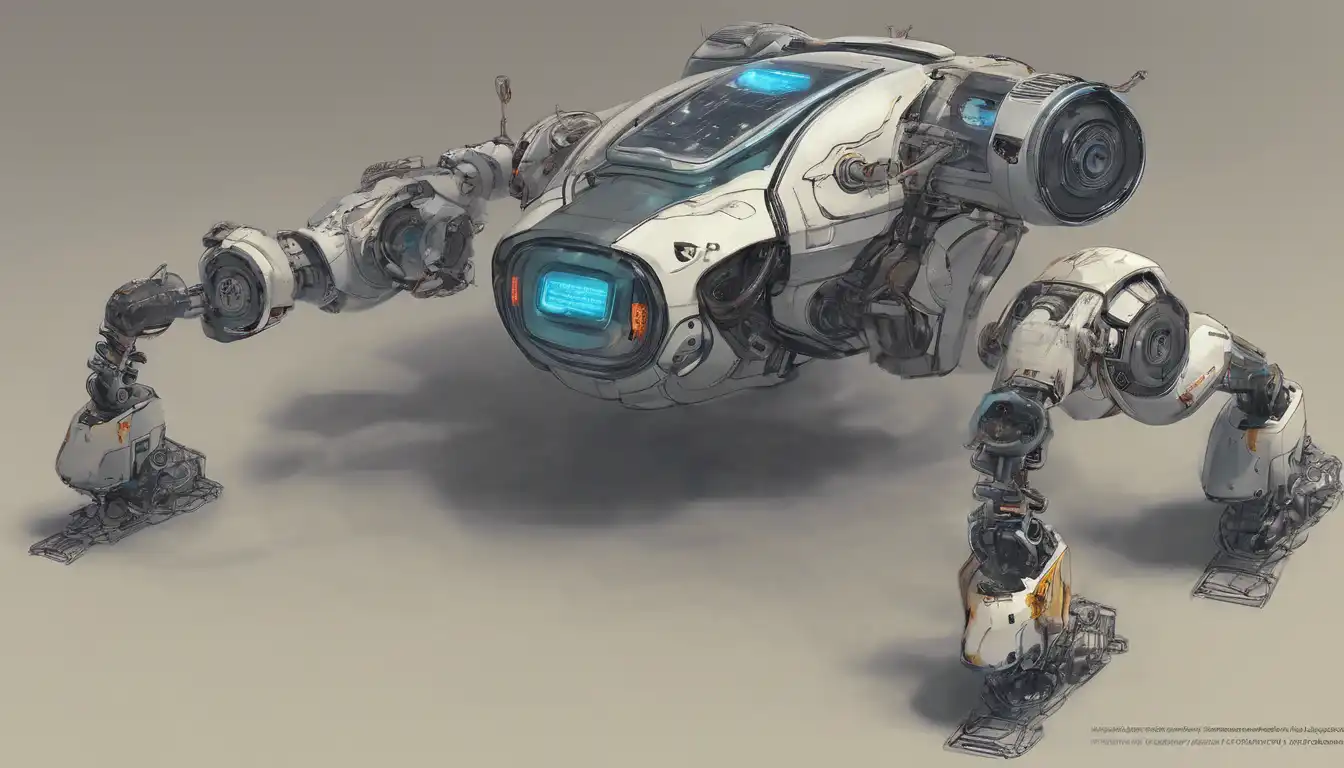Introduction to Ethical Robotics
The rapid advancement in robotics technology has brought us to a crossroads where ethical considerations must be at the forefront of development. As robots become more integrated into our daily lives, the moral implications of their design and use cannot be overlooked. This article explores the key ethical considerations in robotics development, offering insights into how we can navigate these challenges responsibly.
The Importance of Ethics in Robotics
Ethics in robotics is not just about preventing harm; it's about ensuring that these technologies benefit humanity as a whole. From autonomous vehicles to care robots, the decisions made by developers can have profound impacts on society. Understanding the ethical dimensions is crucial for creating robots that align with human values and rights.
Autonomy and Accountability
One of the primary ethical concerns is the level of autonomy granted to robots. As machines become capable of making decisions, determining accountability for those decisions becomes complex. Should the manufacturer, the programmer, or the user be held responsible for a robot's actions? This question is central to the development of ethical guidelines in robotics.
Privacy Concerns
With robots increasingly capable of collecting and processing vast amounts of data, privacy emerges as a significant concern. Ensuring that robots respect user privacy and comply with data protection laws is essential for maintaining trust in these technologies.
Key Ethical Principles in Robotics Development
To address these concerns, several key principles should guide robotics development:
- Transparency: Developers should be open about how robots make decisions and the data they collect.
- Justice: Robots should be designed to avoid bias and ensure fair treatment for all users.
- Beneficence: The primary goal of robotics should be to benefit humanity, not to harm or exploit.
- Respect for Autonomy: Robots should enhance human decision-making, not undermine it.
Challenges in Implementing Ethical Robotics
Despite these principles, implementing ethical robotics is fraught with challenges. Technical limitations, conflicting stakeholder interests, and the rapid pace of innovation can all hinder the development of ethically sound robots. However, by fostering collaboration between ethicists, developers, and policymakers, these obstacles can be overcome.
Case Studies: Ethical Robotics in Action
Examining real-world applications can provide valuable lessons in ethical robotics. For instance, the use of robots in healthcare raises questions about patient consent and the delegation of care responsibilities. Similarly, military robots must be designed with strict ethical guidelines to prevent misuse.
Conclusion: The Path Forward
As we stand on the brink of a robotics revolution, the need for ethical considerations has never been more critical. By adhering to established principles and engaging in open dialogue, we can ensure that robotics development proceeds in a manner that is beneficial, just, and respectful of human dignity. The future of robotics is not just about what we can create, but what we should create.
For further reading on the intersection of technology and ethics, explore our articles on AI Ethics and The Future of Robotics.
